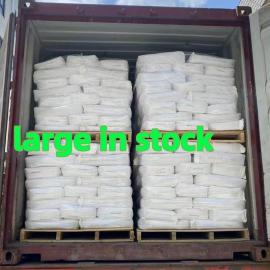-
Categories
-
Pharmaceutical Intermediates
-
Active Pharmaceutical Ingredients
-
Food Additives
- Industrial Coatings
- Agrochemicals
- Dyes and Pigments
- Surfactant
- Flavors and Fragrances
- Chemical Reagents
- Catalyst and Auxiliary
- Natural Products
- Inorganic Chemistry
-
Organic Chemistry
-
Biochemical Engineering
- Analytical Chemistry
-
Cosmetic Ingredient
- Water Treatment Chemical
-
Pharmaceutical Intermediates
Promotion
ECHEMI Mall
Wholesale
Weekly Price
Exhibition
News
-
Trade Service
Camellia oleifera is a unique woody oil crop in China, with a history of cultivation and consumption more than 2,300 years ago
According to statistics, China's existing camellia planting area is 70 million mu, with an annual output value of about 120 billion yuan
In addition, the study also found that the Camellia oleifera genome has the characteristics of a high heterozygosity rate and a large proportion of repetitive sequences, which brings great challenges to genome assembly
In order to further explore the "life experience" of Camellia oleifera, the research team found through analysis that there were two whole genome duplication events in the Camellia oleifera genome, and no whole genome duplication occurred after the formation of Camellia
So, how did the oily properties of Camellia oleifera achieve domestication? The researchers further found that in the Camellia oleifera genome, multiple genes in the oil metabolism pathway were significantly artificially selected
Qian Qian, an academician of the Chinese Academy of Sciences, commented that the deciphering of the Camellia oleifera genome has effectively promoted the interpretation of the regulation of oil and fat synthesis in Camellia oleifera, realized the leap from traditional breeding to genomic breeding, and opened the era of refined Camellia oleifera breeding, and designed high-yield resistance for the molecule.







